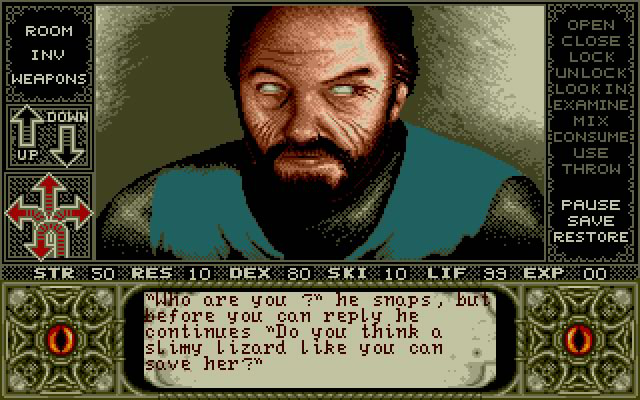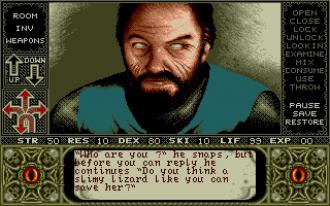
A guy goes to the psychiatrist...
A guy goes to the psychiatrist.
"Doctor," says the guy, "I feel as if I'm two different people! Two totally different personalities!"
"Do you think I need help?"
"Can you help me?"
"Am I doing the right thing seeing a psychiatrist?"
"Whoah! Whoah! Whoah!" says the doc. "Please, one at a time."
"Doctor," says the guy, "I feel as if I'm two different people! Two totally different personalities!"
"Do you think I need help?"
"Can you help me?"
"Am I doing the right thing seeing a psychiatrist?"
"Whoah! Whoah! Whoah!" says the doc. "Please, one at a time."

